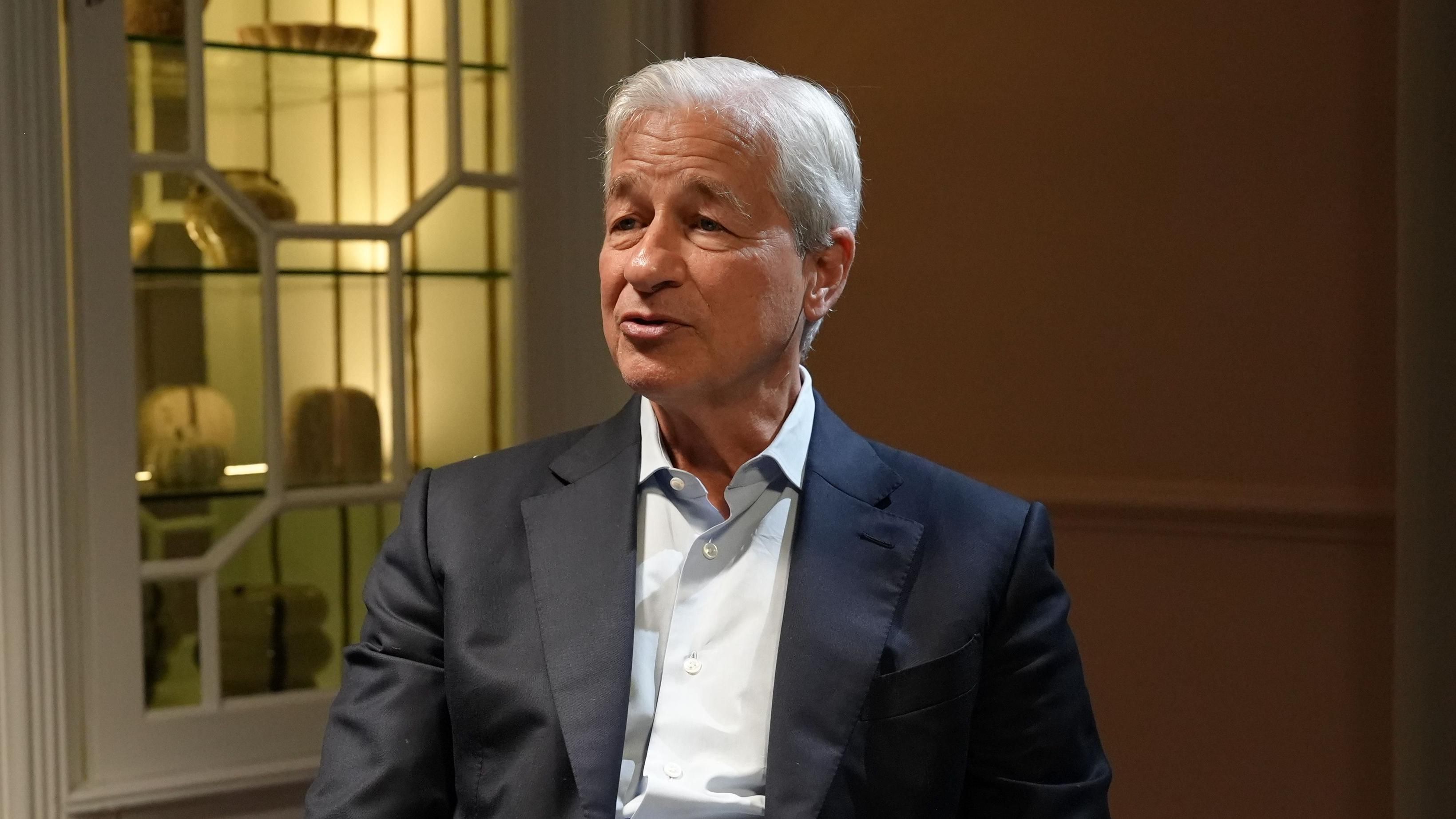A team of scientists in Colombia has made a discovery that could reshape our understanding of human history in the Americas. By sequencing DNA from ancient remains found in the region, the researchers have identified evidence of a previously unknown human lineage. This finding opens a new chapter in the study of early populations on the continent and provides insight into the complexity of human migration and evolution.
El proyecto se centró en restos que se remontan a miles de años, cuidadosamente conservados en sitios arqueológicos que poseen información crucial sobre los primeros habitantes de América del Sur. El análisis genético de estas muestras reveló marcadores que no se ajustan a ninguno de los linajes actualmente conocidos por la ciencia. Esto sugiere que una rama completa de la ascendencia humana, hasta ahora oculta para los investigadores, tuvo un papel en la formación de la historia poblacional de la región.
For decades, anthropologists and geneticists have sought to trace the origins and movements of the first people who arrived in the Americas. It has long been accepted that early humans migrated across the Bering land bridge from Asia during the last Ice Age, spreading southward over time. However, findings like this challenge the simplicity of that narrative, showing that the genetic heritage of early populations was more diverse and interconnected than previously thought.
The Colombian scientists, working with international collaborators, utilized advanced DNA sequencing technologies to piece together genetic information from fragmented samples. Ancient DNA, or aDNA, is often highly degraded, making analysis difficult. Yet, with improved methods of extraction and sequencing, researchers can now recover meaningful data even from remains exposed to challenging environmental conditions such as heat and humidity, both common in Latin America.
According to the researchers, the newly identified lineage does not neatly align with the main ancestral groups known in the Americas. Instead, it presents a distinct genetic profile, suggesting that there may have been multiple waves of migration or contact with populations previously undocumented. This raises the possibility that the settlement of the Americas was not a straightforward, one-directional process, but rather a series of complex interactions between diverse groups over millennia.
Archaeological evidence already hinted at this complexity. Distinct cultural artifacts, settlement patterns, and burial practices across different regions suggest that multiple groups with unique traditions coexisted and influenced one another. The genetic findings now provide biological support for these observations, reinforcing the idea that early human history in the Americas was shaped by diversity, adaptation, and interaction.
One of the most remarkable aspects of this research is its potential to fill gaps in the historical record. Written accounts of pre-Columbian civilizations in South America are scarce, and much of what we know comes from archaeological excavations. DNA analysis provides a new tool to reconstruct the lives of people who left no written records but whose genetic heritage persists. In this sense, ancient DNA serves as a bridge between the past and present, connecting modern populations with their ancestors.
The analysis further emphasizes the significance of performing studies within Colombia and throughout Latin America, areas that have frequently been overlooked in global conversations about human ancestry. By allocating resources to regional research and applying state-of-the-art technology, Colombian researchers are offering noteworthy advancements to a discipline typically led by research in North America, Europe, and Asia. This success highlights the importance of developing scientific capabilities in varied regions to produce findings of worldwide significance.
The implications of the discovery extend beyond academic research. Understanding the deep genetic history of the Americas has cultural and social importance, particularly for Indigenous communities. Many groups today are interested in tracing their ancestral roots and preserving their heritage. While genetic research must be conducted with sensitivity and respect, it can provide new perspectives on identity and continuity across generations.
Simultaneously, the results prompt significant ethical deliberations. Collaborating with ancient remains requires meticulous cooperation with local populations and adherence to cultural customs related to the handling of ancestors’ remains. The Colombian group has highlighted the necessity of ethical research methods, making sure that scientific progress aligns with cultural awareness.
As the field of ancient DNA research grows, more discoveries like this are expected to emerge. Each new finding adds detail to the mosaic of human history, showing that our past is far more intricate than previously imagined. For South America in particular, where vast landscapes remain unexplored and countless archaeological sites await investigation, the potential for groundbreaking discoveries is immense.
Scientists suspect that this novel lineage may provide insights into genetic differences seen in current populations that do not completely align with recognized ancestral backgrounds. By exploring these links, scientists aim to gain a deeper comprehension of how historic movements influenced present genetic diversity throughout the continent. Upcoming research might uncover interactions between this mysterious lineage and other groups, providing hints about cultural interactions, survival tactics, and adaptation to evolving environments.
The discovery also reflects the power of technological progress in science. A decade ago, sequencing highly degraded DNA in tropical conditions would have been nearly impossible. Today, advancements in genome analysis allow scientists to unlock secrets that remained inaccessible for centuries. As techniques continue to improve, more information will likely emerge from samples previously considered unsuitable for study.
At present, recognizing this unfamiliar human lineage marks a significant achievement for Colombian science and the global exploration of human origins. It enriches our comprehension of ancient history and questions the straightforwardness of migration paths into the Americas. In the end, the study reveals that human history is not linear but rather a intricate network of links, interactions, and adaptations that have formed the world as we know it.
The group responsible for this research has indicated intentions to broaden their investigation by examining more remains from various parts of Colombia and other regions. These studies have the potential to determine if this lineage was common throughout South America or restricted to certain locales. Moreover, they could shed light on the duration of this group’s existence and if it made enduring contributions to present-day genetic variation.
By continuing to explore these questions, scientists hope to move closer to a comprehensive picture of the first peoples of the Americas. Each fragment of DNA recovered from ancient remains adds a new piece to the puzzle, offering a glimpse into the lives of those who walked these lands long before written history began.
The Colombian discovery is not merely about scientific findings. It serves as a testament to the enduring nature of human memory, silently passed down through our genes over generations. The uncovering of an unfamiliar ancestry concealed within the DNA of ancient remains illustrates that humanity’s narrative is still progressing, with numerous chapters yet to be crafted.





